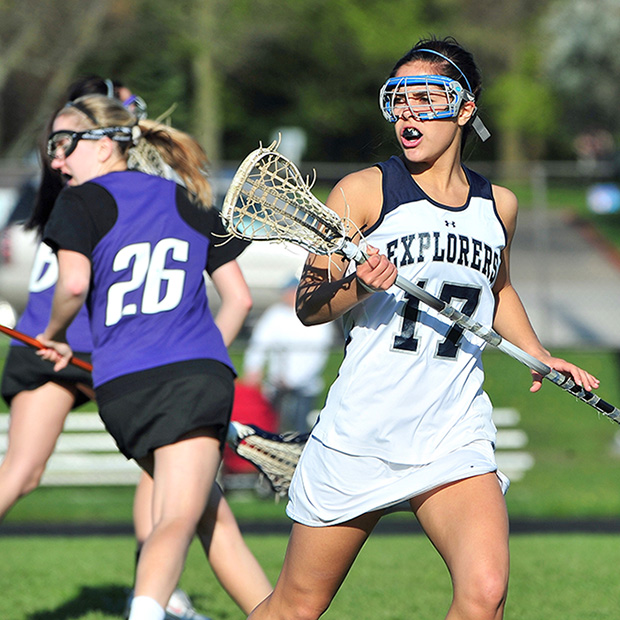
Participating in sports and recreational activities brings numerous physical and mental health benefits. However, it's crucial to prioritize eye safety during these activities to prevent eye injuries and preserve vision. In this blog post, we will discuss the importance of eye safety in sports and recreational activities, common eye injuries that can occur, and practical tips for protecting your eyes while enjoying your favorite activities.
Understanding the Risks of Eye Injuries in Sports:
- Highlighting the vulnerability of the eyes to injuries during sports and recreational activities.
- Explaining the potential risks associated with high-impact sports, contact sports, and activities involving projectiles or equipment.
Common Eye Injuries in Sports:
- Discussing common eye injuries, such as corneal abrasions, foreign body injuries, blunt trauma, and orbital fractures.
- Exploring specific sports-related eye injuries, including black eye (periorbital hematoma), detached retina, and ocular penetration.
The Importance of Protective Eyewear:
- Emphasizing the role of protective eyewear in preventing sports-related eye injuries.
- Discussing the different types of protective eyewear, including goggles, face shields, and helmets with face shields.
- Providing guidance on selecting appropriate protective eyewear based on the specific sport or activity.
Ensuring Proper Fit and Function of Protective Eyewear:
- Explaining the importance of proper fit and comfort for effective eye protection.
- Providing tips on how to properly adjust and secure protective eyewear.
- Highlighting the need for regular inspection and replacement of damaged or outdated protective eyewear.
Eye Safety Guidelines for Specific Sports:
- Discussing eye safety guidelines and recommendations for popular sports and recreational activities, such as basketball, soccer, swimming, tennis, cycling, and skiing.
- Providing sport-specific tips for protecting the eyes, including wearing appropriate eyewear and being mindful of potential hazards.
Creating Awareness and Education:
- Promoting awareness of the importance of eye safety among athletes, coaches, parents, and sports organizations.
- Encouraging the inclusion of eye safety information in sports training programs and educational materials.
- Highlighting the role of sports associations, schools, and community organizations in promoting eye safety guidelines.
First Aid for Eye Injuries:
- Providing basic first aid measures for common eye injuries, such as flushing the eyes, covering the injured eye, and seeking immediate medical attention.
- Encouraging individuals to be familiar with first aid procedures and have access to emergency contact information.
Eye Health and Performance Enhancement:
- Exploring the relationship between good eye health and sports performance.
- Discussing the benefits of regular eye exams, vision correction, and vision training for athletes.
- Highlighting the role of eye-hand coordination, depth perception, and visual tracking in sports performance.
Role of Coaches, Parents, and Officials:
- Educating coaches, parents, and sports officials about the importance of eye safety and the enforcement of protective eyewear rules.
- Encouraging open communication about eye safety and injury prevention strategies within sports teams and organizations.
Eye Safety Beyond Sports:
- Expanding the discussion to emphasize eye safety in recreational activities, such as DIY projects, gardening, and home improvement.
- Providing practical tips for protecting the eyes during non-sporting recreational activities.
Post a Comment